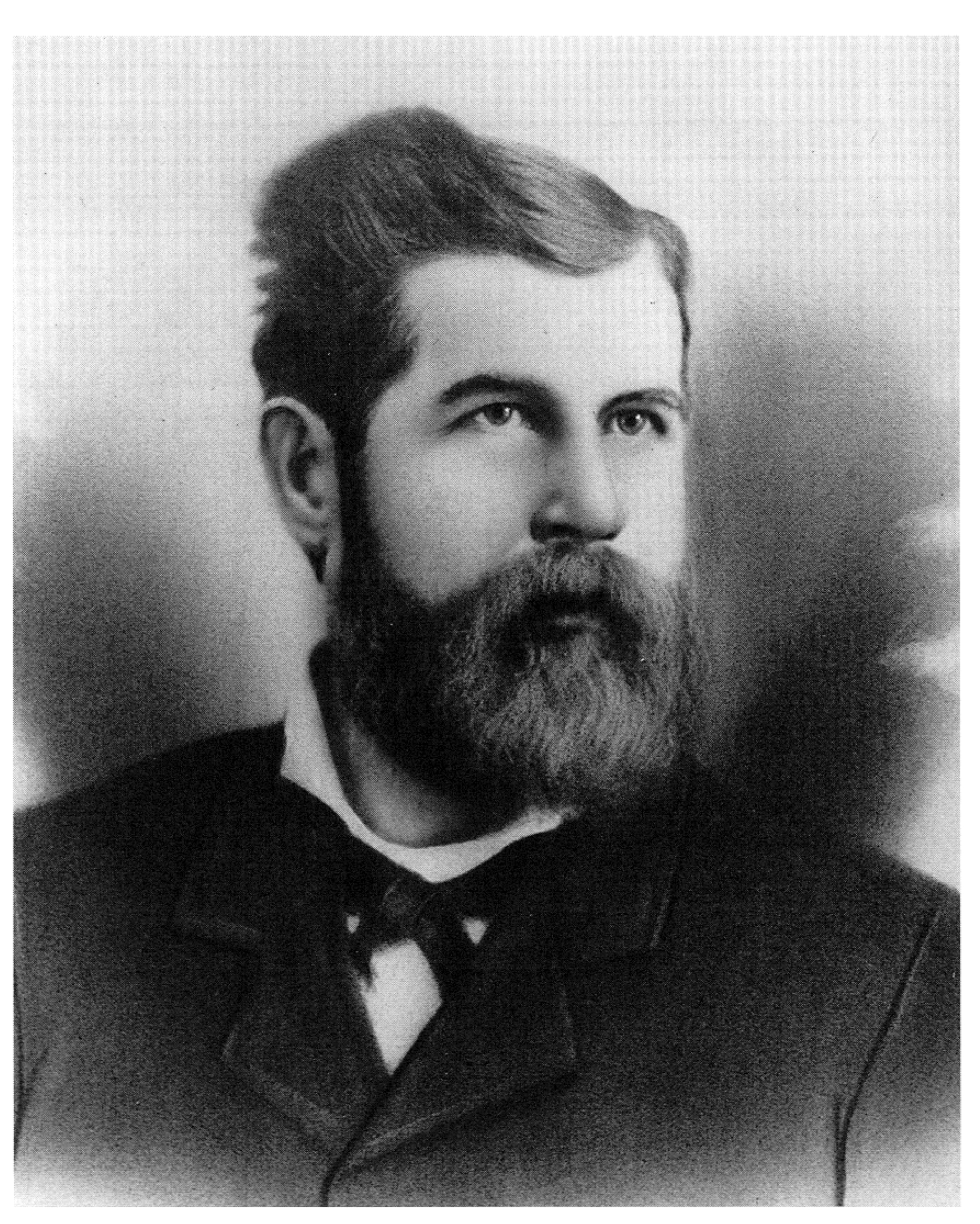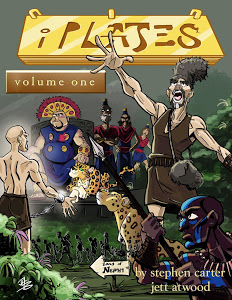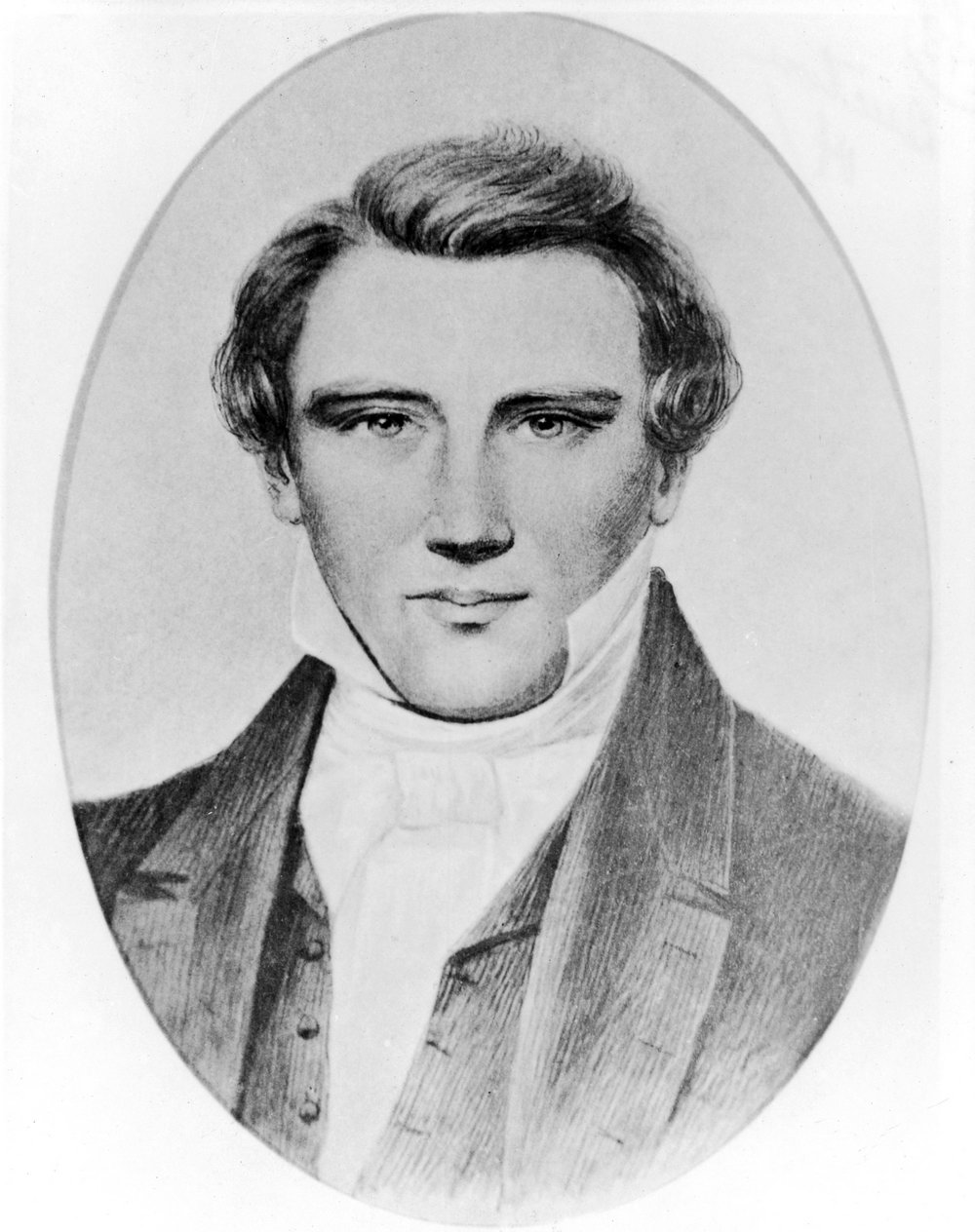Category: Features
-
Vote for Mormon of the Year 2012!
This post opens the voting for Mormon of the Year. Votes will be taken until midnight Eastern Time on Monday, January 7th, at which time the voting will close. The voting mechanism will attempt to restrict votes to one per person. The order of the choices is set at random, and is different each time…
-

Literary DCGD #1: On the Latter-day Dispensation
The initial lesson in the Doctrine and Covenants and Church History course of study points out that the revelations found in the text are meant for our time and cover our dispensation, while the history presented is the history of our people, as opposed to those who lived aeons ago. This course should, therefore, be…
-
The Opposite of Epistemic Humility
[This is Part 4 of a 4-part series. Part 1. Part 2. Part 3.] In my first three pieces I’ve spent an awful lot of time talking about epistemic humility. Now I’m going to talk about what I consider to be the antithesis of epistemic humility: extremism. My definition of the term is non-standard, but I believe it…
-
On Learning from False Models
[This is Part 3 of a 4-part series. Part 1. Part 2. Part 4] In this post I want to present a secular example of epistemic humility. As with the religious example, I hope that this one will also provide some intrinsically interesting ideas. I also plan on reusing these ideas in the next couple of posts.…
-
Why Literary Gospel Doctrine Lesson Posts
For the past year each Monday afternoon my “Literary BMGD” posts have appeared each Monday — perhaps confusing some readers who have wondered exactly what these posts were all about. And those who clicked on them to read what they had may have been surprised to find that they were… poetry. What exactly is BMGD…
-
Faith is a Work in Progress
[This is Part 2 of a 4-part series. Part 1. Part 3. Part 4] I appreciate the kind welcome to T&S and all the good comments and questions. I know I haven’t responded to some of them yet, and I’ll try to rectify that soon, but I wanted to make sure I had this post ready to go.…
-
The Wise Man Doubts Often, And Changes His Mind
[This is Part 1 of a 4-part series. Part 2. Part 3. Part 4] I’m happy to have a chance to do a guest stint here at Times and Seasons, and over the next two weeks I want to use my borrowed soap box to talk about epistemic humility. Epistemic humility is an awareness of…
-
Nominate the 2012 Mormon of the Year
Its that time of year again. The media will soon start reviewing the important news stories of the year, Time will soon select its Person of the Year (Mitt Romney has been nominated); so we should get busy selecting the Mormon of the Year. For those who don’t remember, T&S selected Mitt Romney as the Mormon…
-
Literary BMGD #48: My Friends and I
The final lesson for the Book of Mormon Gospel Doctrine class covers Moroni 7-10, the final Book of Mormon prophet’s closing advice to readers, including teachings about faith, hope and charity, the conditions of salvation, spiritual gifts, the role of the Holy Ghost, and how to judge between good and evil. The motivation for this…
-
Literary BMGD #47: While of these emblems we partake
Including the sacrament prayers in Moroni 4, and indeed all the instructions in Moroni 2 through 6, seem almost like an afterthought to the Book of Mormon—kind of like “Oh, yeah, you’ll need to know this stuff too.” And these instructions only make sense if they are written for us today, for Moroni himself is…
-
Literary BMGD #46: Trials and Happiness
I often wonder how Mormon managed to keep it together. He saw his own civilization decaying around him, perhaps while he was in the midst of abridging the record of the Jaredites, summarizing the details of their decline and destruction, which was so similar to his own. Yet despite this, in the final chapters of…
-
Literary BMGD #45: Song of the Exiled Saints
The Book of Ether contains the story of the Jaredites — a story that parallels the overall history told in the Book of Mormon. And, as I’ve observed here before, the story also is somewhat similar to that of the early Saints, who travel to a foreign land at the direction of the Lord, seeking…
-
Literary BMGD #44: The Book of Mormon
As Mormon completes his own record in Mormon chapters 7, 8 and 9, he prophesies about the role that the Nephite records will have in the future, saying that the record will come forth in the latter days, in a day of great wickedness, and urging readers of the book to believe in Christ. This…
-
Literary BMGD #43: Christ’s Ministry to the Nephites, part III
Mormon, the book in the Book of Mormon written by its compiler, is perhaps the most depressing of the book of scripture. It might be subtitled ‘the Decline and Fall of Nephite Civilization.’ And its author was all but hopeless in his assessment. But unlike Gibbon’s perhaps better known description of decline and fall, Mormon…
-
The God Who Weeps: Faith
I agree with The God Who Weeps that faith is a decision, but I disagree about the site of this decision.
-

Book of Mormon Comics
I love stories. A narrative strikes me as the most fundamental way of ideas with other people. And by ideas, I mean not only the bare events of the narrative, but also abstract concepts, morals, and emotional truths. It makes sense to me that our basic scriptural texts have strong narratives. The Old Testament is…
-
Literary BMGD #42: The Gospel
In the final minutes of his visit with the Nephites (3 Nephi 27), Christ makes clear that the church established for the Nephites must bear his name and teach his gospel. He even specifies elements of his gospel: the atonement and resurrection, the final judgment, repentance, baptism, faith in Jesus Christ, the gift of the…
-

Mormon of the Year candidates from this past summer?
In May I asked readers here to look at those who had made the news during the first part of the year and suggest who among them should be considered for “Mormon of the Year.” The theory is that looking at the question periodically during the year means that we will include those who have…
-

Literary BMGD #41: A Vision
Poetry by Joseph Smith? That is certainly not what Joseph Smith is known for, nor is it often claimed that he was a poet in all the writing and studies made about him. [Orson F. Whitney is the exception that comes to mind.] But the following poem, when published in 1843, carried his byline when…
-
My Notes on Priesthood Session, October 2012
I had planned on giving a brief summary of Priesthood Session tonight; unfortunately, some family/logistical issues kept me from getting to our Church building until well after the session had started, so I’m afraid I missed the first speaker. And I’d planned on bringing my iPad to take notes on, but I accidentally left it…
-
An Immodest Proposal
As Sarah noted, Saturday and Sunday bring us our Fall semiannual General Conference. As part of our twice-yearly ritual, we’ll hear the Mormon Tabernacle Choir up to three times: one session of Conference Saturday, one session Sunday, and the Music and the Spoken Word broadcast before the first Sunday session.
-

A Mormon Holiday
Sometimes I am a little envious of my friends whose religions involve a year full of meaningful religious holidays that strengthen and define them both culturally and spiritually. Ramadan, for instance, is a sort of month-long holiday for Muslims, complete with special foods and lots of family time. When we lived in Tunisia, I was amazed at…
-
Literary BMGD #40: The Gathering
Gospel Doctrine lesson 40 for the Book of Mormon talks about a subject that isn’t explored as often in Mormonism today: The Gathering. In Joseph Smith’s day it not only mean the gathering, literal and spiritual, of the House of Israel, but it also meant the gathering of Mormon converts to the ‘center place’ of…
-
Literary BMGD #39: Phelps’ The Lord’s Prayer
In the middle of his visit to the Nephites, Christ leaves the people for the night and then returns the following day (as recounted in 3 Nephi 17-19). Before he leaves, and then again after he returns the next day, Christ teaches the Nephites about prayer, and provides them with examples of prayers—one of which…
-
Literary BMGD #38: Christ’s Ministry to the Nephites, part 2
Following the destruction that accompanied Christ’s crucifixion, the Nephites and Lamanites didn’t see relief, or light, until his resurrection and visit to the Americas. This story, found in 3 Nephi 11, is the culmination of the Book of Mormon narrative, the central meaning of the book. His arrival is also the central point of Parley…
-
Literary BMGD #37: Christ’s Ministry to the Nephites, part 1
During the crucifixion of Christ as portrayed in 3rd Nephi, the devastation seems like it is beyond our understanding. Certainly the descriptions portray devastation on a level that no one today has experienced. The very earth reacts to the death of the Savior, and continues that reaction, apparently until his resurrection on the third day.…
-
Literary BMGD #36: Who Watched in Faith
With the beginning of what we Mormons can call the fifth gospel, the Book of Mormon begins the story of Christ’s birth, life, death and visit to the Americas, all from the perspective of the people’s there. And the initial story in 3rd Nephi is quite different from those in the New Testament. Here we…
-
Literary BMGD #35: The Savior is Coming
Spiritual history is replete with types and shadows. The similarities that appear between events in widely-separated places and times lead to the conclusion that the Lord is trying to point out some truth to us, something we need to understand. I see a kind of repetition in this week’s Gospel Doctrine lesson, in which Samuel…
-
Literary BMGD #34: On Home
Chapters 6 to 12 of Helaman highlight what Mormons have come to call the “pride cycle” — the cycle from righteousness and prosperity to pride and wickedness to suffering and to humility and repentance, leading back to righteousness and prosperity. Its a fascinating concept, one that I’m afraid we use too often to describe the…
-

The Rifts of Rime
Finally, a book by Steve Peck that I can read with my children! At first my husband thought that would be A Short Stay in Hell; it is only 70 pages, but I had to disabuse him of that notion. As much as children enjoy thinking about infinity (How can anything go on forever? But…
